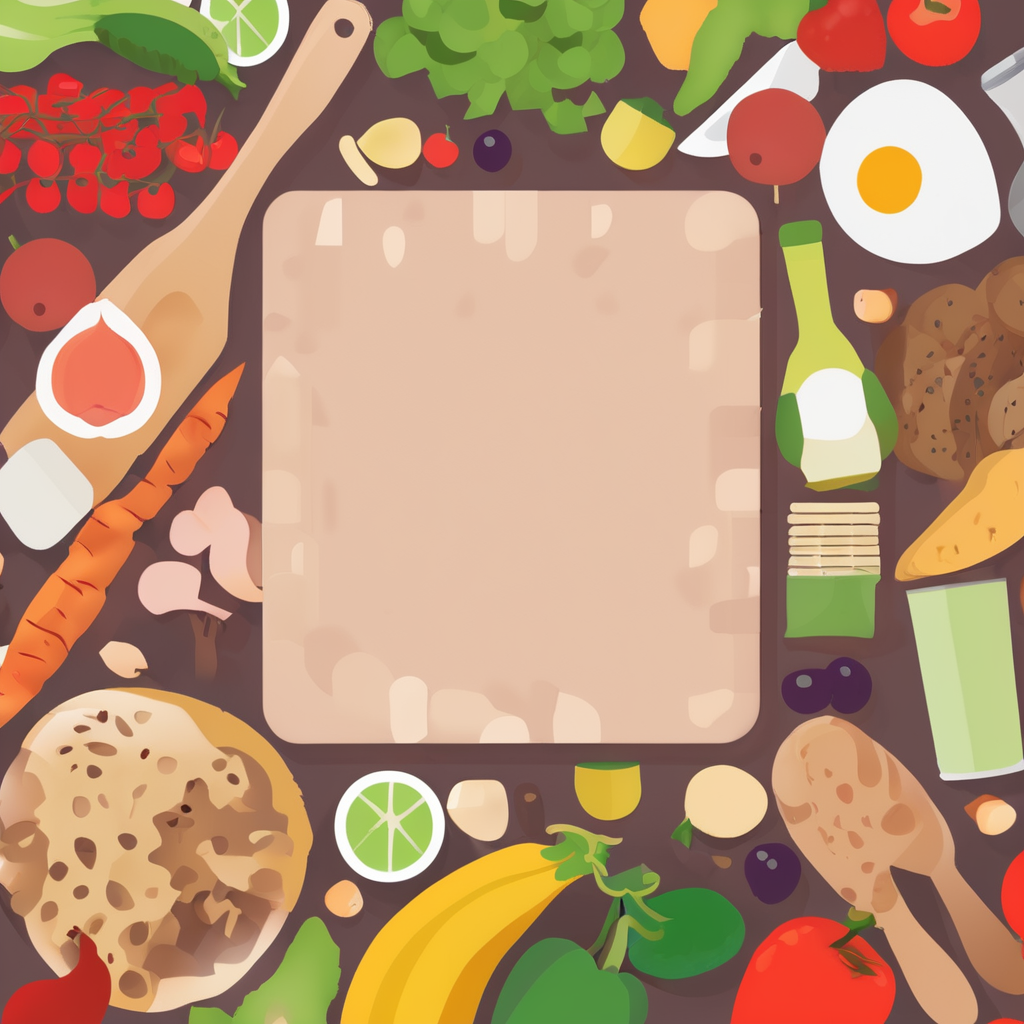Multifunctional Elements Defining Modern UK Kitchens
Modern multifunctional kitchen design UK reflects a clear trend toward maximizing space and enhancing usability. The rising demand for space-saving solutions is driven by the realities of UK housing, where compact layouts are common. Homeowners prioritize kitchens that serve multiple purposes, moving beyond simple cooking areas to become hubs for dining, working, and socializing.
Versatility is key: units that combine storage, appliances, and work surfaces help optimize efficiency without sacrificing style. For example, integrated appliances and fold-away counters embody this trend, allowing for seamless transitions between meal preparation and other activities. Such designs cater to the busy, diverse lifestyles prevalent in the UK, where kitchens must adapt to family needs, remote working, and entertaining guests.
This might interest you : How do UK kitchens incorporate global design influences?
Additionally, kitchen trends in the UK increasingly favor modular and adaptable fittings. These allow users to reconfigure spaces as requirements evolve, ensuring long-term functionality in homes with limited square footage. This practical approach not only saves space but also supports sustainability by reducing the need for frequent renovations. The fusion of style, function, and clever design captures the essence of contemporary UK kitchens, emphasizing flexibility and smart living.
Innovative Use of Space-Saving Furniture
Small kitchens can benefit greatly from space-saving kitchen furniture that combines practicality with clever design. A leading trend involves foldable tables, which can be tucked away when not in use, freeing up essential floor space. These tables provide flexibility, expanding seating or work areas only when needed, making them perfect for compact homes that require versatility.
Also read : What Are the Challenges in Designing a Compact UK Kitchen?
Similarly, extendable counters offer dual functions as preparation surfaces and dining areas. When extended, these counters increase usable space, and when retracted, they maintain open movement within the kitchen. This adaptability is especially valuable in urban apartments where every square centimeter counts.
Integration of hidden furniture components, such as fold-out shelves or pull-down cabinets, also enhances storage without cluttering the kitchen. Real-world examples include murphy-style foldable tables attached to walls, or counters that slide over appliances to create additional workspace. These solutions maximize usability while preserving the kitchen’s aesthetics and flow.
Integration of Modern Appliances for Multifunctionality
Modern kitchens increasingly rely on multifunctional kitchen appliances to maximize space and enhance convenience. In the integrated appliances UK market, the trend is shifting towards built-in and concealed units that blend smoothly with cabinetry, maintaining a sleek and seamless kitchen design. These integrated solutions not only optimize aesthetics but also deliver powerful performance without sacrificing valuable workspace.
The rise of smart kitchen technology plays a crucial role in this evolution. Many appliances now incorporate multiple functions, combining cooking, cleaning, and even connectivity features into a single device. For example, ovens equipped with smart sensors can adjust cooking times and temperatures automatically, while refrigerators may include touchscreen interfaces that manage grocery lists and suggest recipes. This multifaceted approach streamlines meal preparation and kitchen management.
Additionally, the design of these appliances supports flexible kitchen functions by offering modular components and adaptable layouts. This flexibility allows users to customize their kitchen setup according to their lifestyle needs, whether that means integrating a coffee machine alongside a microwave or combining a dishwasher with a drying unit. Overall, multifunctional kitchen appliances empowered by smart technologies make kitchens more efficient, user-friendly, and visually cohesive.
Adaptable Kitchen Islands and Dual-Use Areas
Creating an efficient kitchen starts with adaptable kitchen islands that offer more than just a surface to prepare food. These islands often integrate multiple features such as built-in seating, extra storage compartments, cooktops, and extended workspaces. By combining these elements, homeowners can tailor their kitchen to suit varied activities, from casual dining to meal prep and even social gatherings.
In addition to adaptable islands, dual-use kitchen spaces play a pivotal role in maximizing functionality. These areas blend the lines between cooking, dining, and working, allowing one space to serve multiple purposes seamlessly. For example, a counter might function as a breakfast bar during the morning and transition into a workspace during the afternoon. This flexibility becomes particularly invaluable in homes where space is limited but the need to accommodate different activities remains high.
Good kitchen zoning further enhances both organisation and workflow. Separating the kitchen into zones—such as cooking, prepping, cleaning, and dining—helps streamline tasks while minimizing clutter. When combined with adaptable islands and dual-use spaces, zoning can significantly improve the flow of movement, making the kitchen a more user-friendly environment that caters to the demands of modern living.
Inspiring Design Examples and Expert Tips
Discovering kitchen design inspiration UK can transform your multifunctional kitchen renovation from a basic idea into a stylish and practical space. Notable projects across the UK emphasize clever use of space, combining cooking, dining, and socializing areas seamlessly. For instance, many designs integrate kitchen islands serving as both preparation areas and informal dining spots. This approach maximizes utility without sacrificing aesthetics.
Experts in kitchen design underscore the importance of custom storage solutions. Architects recommend installing pull-out pantries and multifunctional cabinets to keep essentials organized and easy to access. These tips reflect a commitment to versatility—key in multifunctional renovations.
Homeowners planning a multifunctional kitchen renovation should focus on efficient layout planning and material selection. Choosing durable, easy-to-clean surfaces not only supports everyday use but also maintains a sleek look. Additionally, incorporating adaptable lighting schemes helps define zones within the kitchen, enhancing functionality and atmosphere. Implementing these expert kitchen advice points ensures a space that is as practical as it is inspiring.
